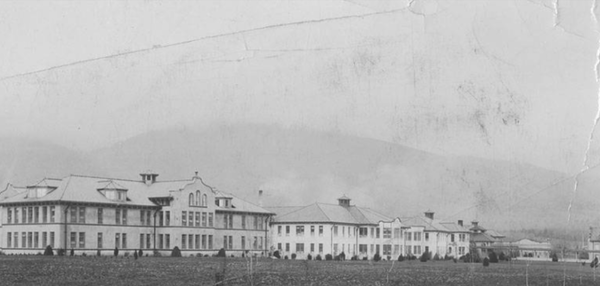Difference between revisions of "Portal:Featured Image Of The Week"
From Asylum Projects
M-Explorer (talk | contribs) |
M-Explorer (talk | contribs) |
||
| (9 intermediate revisions by the same user not shown) | |||
| Line 1: | Line 1: | ||
{{FIformat | {{FIformat | ||
| − | |Image= | + | |Image= WAnsh1935femalewards.png |
|Width= 600px | |Width= 600px | ||
| − | |Body= | + | |Body= [[Northern State Hospital|The hospital]] consisted of four cottages or ward buildings. They are two stories in height, with basement, of concrete construction, with tile roofs; strictly fireproof and arranged in accordance with the most modern and approved plans for hospital buildings of the time. Special attention was given to heating, lighting and ventilation, in order to afford the greatest degree of comfort to the patients. The kitchen building was of comprises several departments, including attendants' dining room, bakery, kitchen, refrigerating and store rooms. |
}} | }} | ||
Latest revision as of 03:53, 15 September 2024
Featured Image Of The Week
The hospital consisted of four cottages or ward buildings. They are two stories in height, with basement, of concrete construction, with tile roofs; strictly fireproof and arranged in accordance with the most modern and approved plans for hospital buildings of the time. Special attention was given to heating, lighting and ventilation, in order to afford the greatest degree of comfort to the patients. The kitchen building was of comprises several departments, including attendants' dining room, bakery, kitchen, refrigerating and store rooms.
